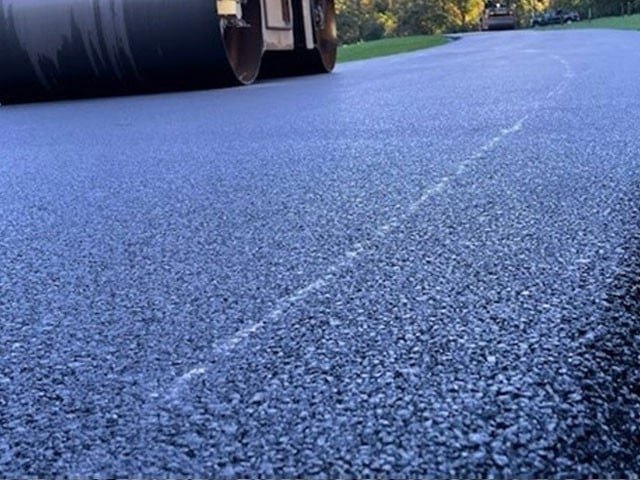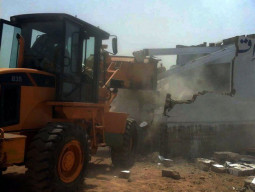
One would imagine that soaring petrol rates means that residents of the port city resort to other methods of moving around but that is incredibly complicated when even something as basic as navigating the city on foot is turned into a painstaking ordeal, due to a dearth of footpaths.
Despite being a major source of mobility for pedestrians, footpaths have almost disappeared from Karachi’s landscape; and the selected few that do remain are too narrow for walking, inaccessible for differently abled individuals, and often occupied by vendors.
“Walking on footpaths has become extremely challenging for pedestrians especially women and children, who have to uncomfortably manoeuvre through the swarm of stalls and vendors occupying these spaces,” complained Anoosha, a woman spotted shopping in the Liaquatabad market, who shared that she regularly walks to the marketplace for groceries. Anoosha called upon the provincial government and the district administration to take action against the encroachments on public walkways so that residents of the city did not have to take a car out for something as menial as a grocery store run.
Rehan, another shopper in the Bolton market, agreeing with Anoosha, expressed his plight about getting to the market. .
“Not only are footpaths completely dominated by vendors, but they are also unusually small, which forces many pedestrians to walk on the main road, exposing them to the risk of getting hit by a motorbike or car,” alerted Rehan.
Karachi based urban planner Arif Belgaumi, whilst sympathising with the plight of the metropolis’s residents like Anoosha and Rehan, said that substandard footpaths allude to the paramount shortcomings inherent in the country’s public infrastructure.
“In developed countries, when a road or highway is constructed, it is ensured that the footpath is at least 15 feet in width and has a ramp for differently abled persons so that all pedestrians can move freely. In Karachi, however footpaths are barely 6 feet wide and are completely off limits for the differently abled segment of the population,” he regretted .
Belgaumi also highlighted the fact that most footpaths were brimming with vendors, who were illegally occupying these spaces designated for pedestrians. “Some vendors even display their items for sale out on the footpath, making it impossible for people to walk smoothly,” elaborated Belgaumi, who also implored the provincial government to remove the encroaching vendors from the city’s footpaths.
In this regard, the Municipal Commissioner of the Karachi Metropolitan Corporation (KMC), Afzal Zaidi, said, “we are trying our best to restore footpaths for the pedestrians. We plan to remove the encroaching vendors and plant trees for shade so that walking on the roadside is a more comfortable experience for regular pedestrians.”
However, while some like Belgaumi uphold the right of pedestrians to free movement alongside roads and with the KMC announcing its commitment to removing encroachments, Atiq Mir, Chairman of Karachi Tajir Ittehad Union, shed light on the other side of the picture: the struggles of the vendor population.
“Given the current state of our economy, many families have been forced to put up stalls along the roads. If these businesses are uprooted, these people would not be able to survive. The government must arrange for special zones to facilitate micro-level business activity before it decides to clear out the footpaths,” asserted Mir while talking to The Express Tribune.
Published in The Express Tribune, July 10th, 2023.




1732259077-0/carti-(1)1732259077-0-165x106.webp)













COMMENTS
Comments are moderated and generally will be posted if they are on-topic and not abusive.
For more information, please see our Comments FAQ